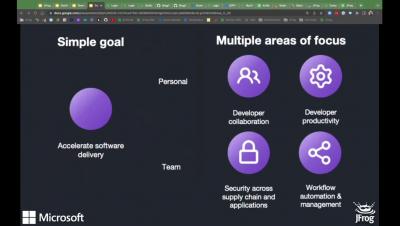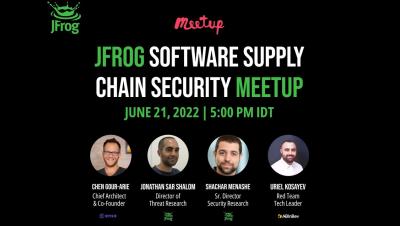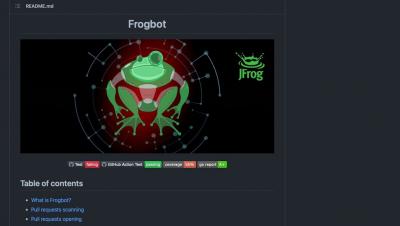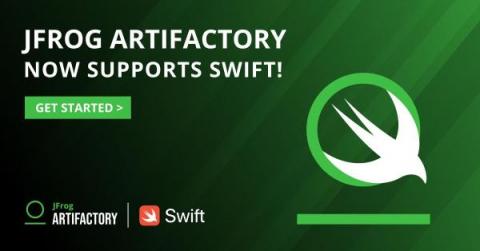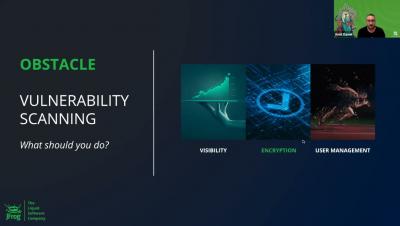Trusted SBOMs delivered with the JFrog Platform and Azure
SBOMs provide essential visibility into all the components that make up a piece of software and detail how it was put together. With an SBOM in hand it’s possible to determine if software contains existing security and compliance issues or is impacted by newly discovered vulnerabilities. The SBOM is imperative due to the White House’s cybersecurity executive order from May 2021 requiring them for all government software purchases and many private organizations following suit.


